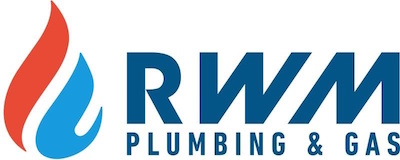Choosing a new shower is never easy. From the shower screen to the shower tray, and the style of the shower, there are a number of things to consider. This includes the shape of the shower. So what are the considerations for choosing the right shape for your shower? And how can you be sure to achieve the right results?
What are the important considerations for choosing the right shape for your shower?
Different shower shapes can bring different advantages and benefits, while suiting different spaces. You should consider:
- The shape of the bathroom- If your bathroom is larger and square or rectangular in shape, a rectangular shower can be a good option. This will take up the wall space along one wall, or if positioned into a corner, it will also take up space on a second wall too. This means that the rest of the bathroom fixtures have plenty of space. However, in a small or unusually shaped bathroom, a square shower or a quadrant shower could be more beneficial.
- The size of the bathroom- it can be more difficult to fit large rectangular shower enclosures in small bathrooms. As a result, in small spaces, a corner shower quadrant, or a D shaped shower can be a more practical option. You should also consider bi-fold or sliding doors, instead of hinged doors, to further save space. This will leave plenty of floor space and help to meet the building regulations for bathrooms. In large bathrooms, luxurious L shaped, walk in, or rectangular shower enclosures can be very effective.
- The bathroom layout- you will need to consider which bathroom fixtures you want to install, including a bath, sink unit and of course the toilet. Deciding on a layout can ensure plenty of space, and this can help to narrow your choice of shower enclosure to the space that is available with other fixtures installed.
For more information or advice, or for professional bathroom installation, get in touch with the team today here at RWM Plumbing and Gas. We are leading bathroom design and installation professionals, as well as professional heating and gas engineers.

